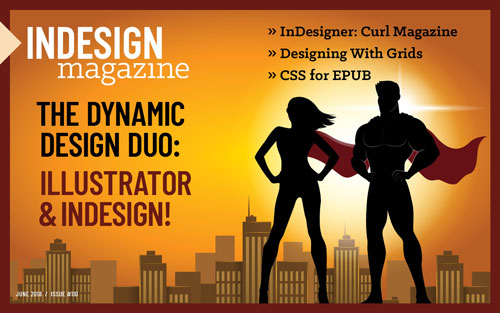Designing with Grids
Maya P. Lim shows how working with a grid opens up all kinds of creative design possibilities.
Using a grid to design may sound confining and boring, but the structure of a grid can actually bring clarity and beauty to your work, and provide surprising inspiration for new layouts. Conveniently, InDesign has tools that make it easy to try different grid options quickly.
Let’s walk through a few examples showing how a grid can be used flexibly to create a beautiful layout. The examples here are two event posters with different types of images. Event posters often feature multiple layers of information, and a grid can help to keep these engaging and easy to navigate. But the general techniques and principles of grid-based design can, of course, be transferred to other types of projects, from book covers to brochures, online banner ads to magazine spreads.
. . . .
This article is for members only. To continue reading, please sign in, or sign up for a membership today. Thanks for supporting CreativePro! CreativePro membership keeps you up-to-date with the technology, solutions, and resources to strengthen your professional development.
BECOME A MEMBER
For just $6.50/month (billed annually), you’ll get access to valuable benefits, including:






This article is a huge help. I’ve been doing this for almost 20 years, but somehow this simple, elegant gem has escaped me. Until now.
I think many designers, especially more experienced ones, already design with a grid “in their heads”—and can feel when their work is lacking that balance they want. They will also view others’ designs with that mental grid and have definite feelings there too. For those times when things just aren’t right, an actual physical grid as described in this article, even a simpler one created with guides, can help regain structure and flow or provide a fresh starting point.